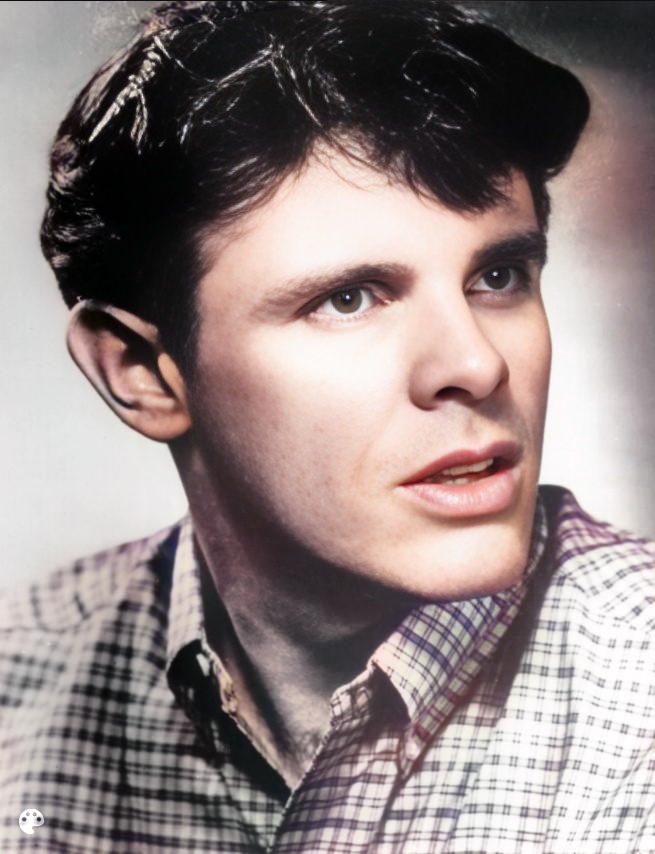
“Runaway,” released in 1961, remains a cornerstone of early rock and roll and a defining hit for American singer-songwriter Del Shannon. Born Charles Westover in 1934, Shannon possessed a distinctive falsetto and a knack for crafting emotionally charged narratives within a pop framework. While he never achieved superstardom on the scale of Elvis or the Beatles, “Runaway” catapulted him to international fame and cemented his place in rock and roll history. The song reached number one on the Billboard Hot 100 in the United States and topped charts in the United Kingdom and Australia, solidifying its global appeal. It remains a frequently played oldie and earned Shannon a Grammy nomination for Best Rock & Roll Recording.
“Runaway” is a melancholic tale of heartbreak and longing. The lyrics portray a man desperately searching for a lost love, reflecting the pain and confusion that accompany abandonment. The song’s beauty lies in its simplicity and vulnerability, capturing a universal experience of heartache. While the narrative is straightforward, the delivery, particularly Shannon’s soaring falsetto during the chorus, elevates the song into a poignant expression of despair.
The song’s innovative use of the Musitron, a keyboard instrument played by Max Crook, also contributed significantly to its iconic status. The Musitron’s eerie, wavering sound created an atmosphere of haunting loneliness, perfectly complementing the song’s theme. “Runaway” resonated deeply with audiences in the early 1960s, capturing the anxieties and uncertainties of a generation navigating changing social landscapes. Listeners were drawn to the raw emotion and relatable narrative, finding solace and connection in Shannon’s portrayal of heartbreak. Even decades later, the song continues to evoke nostalgia and resonate with its themes of lost love and longing.